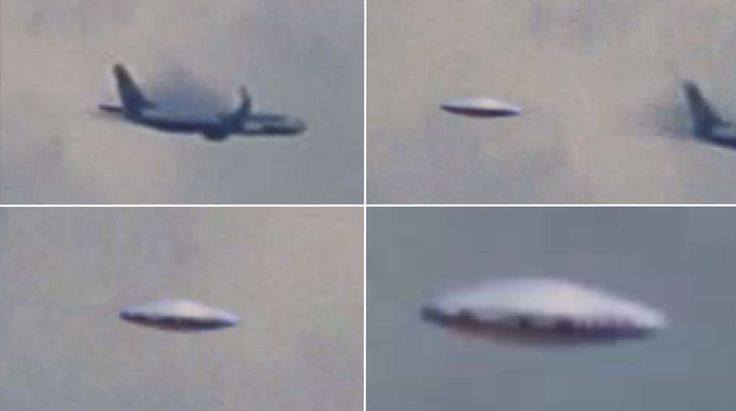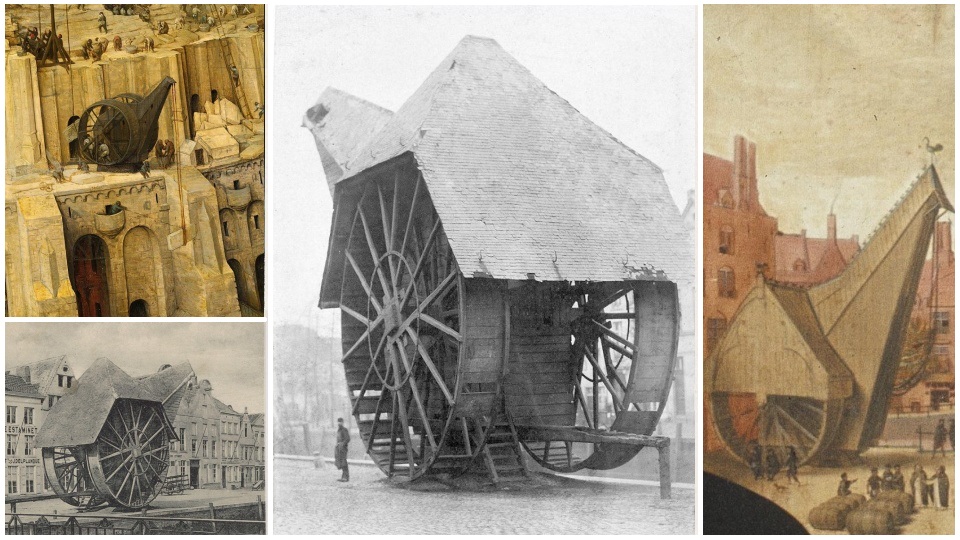Visual stealth experiments UFOs And Camouflage .

Visual stealth experiments actually began as far back as the early 40’s with a project code-named Yehudi. This 1943 U.S. Navy project was designed to give Navy patrol aircraft a better chance of sinking enemy submarines by lowering the visual acquisition range to about 2 miles allowing Navy aircraft to get within striking distance of enemy submarines before they submerged. Using 10 sealed-beam lights along the wing’s leading edges and the rim of the engine cowling, adjusting the intensity of the lights to match the sky allowed the aircraft to blend into the background.
Similar light apertures derived from Yehudi were planned for Lockheed’s Have Blue (later renamed the F-117A) which were to be installed on the sides and undersurfaces of the airplane. The apertures would be connected by fiber-optic lines and controlled by sensors on the upper portion of the aircraft. These sensors would “read” the background light and adjust the skin’s luminance to mirror the sky above. This system never flew with Have Blue perhaps because the first prototype crashed.
More recently designed aircraft utilize more conventional camouflage of varied painted colors and patterns rather than using light apertures because this renders the aircraft basically invisible at higher altitudes and functions adequately under most circumstances. The F-117 which was originally painted black has recently been seen painted gray and even white (perhaps to blend in with white cloud cover). And the Raptor is painted various shades of grays and blues to blend in with the skies above and below thus reducing visual detection.
Perhaps one project which employs some of the more exotic camouflage techniques derived from project Yehudi is the use of electrochromatic panels. This type of technology utilizes panels comprised of thousands of tiny sensors that operate like video cameras taking images of the background transferring these images to panels on the opposite side of the aircraft.
The aircraft appears “transparent” to observers on the ground by transposing background images from behind and above to the observer’s side of the aircraft. One type of “proposed” aircraft which is said to employ such electrochromatic panels is called the “Stealth Blimp.” It is rumored that one can see the stars from above the blimp projected on to panels covering the underside of the blimp, giving the illusion of being transparent to ground observers.







